- 1.1 Define the concept of juvenile delinquency within the criminal justice system.
- 1.2 Discuss the development of the Juvenile Justice System in the United States.
- 1.3 Differentiate between delinquency and status offending.
Welcome to Juvenile Delinquency
This course provides an in-depth look at how juvenile delinquency relates to the criminal justice system. Students will examine the factors that contribute to juvenile delinquency, including both the social aspects and the environmental contributors. After addressing the “how” and the “why” potentials, students will discover the process that juveniles must face as they either enter or move through the criminal justice system. Lastly, students will explore recent attempts at effectively reducing juvenile delinquency through collaborative efforts between the courts and social programs. Once completed, students will have a clear understanding of the path a juvenile delinquent needs to take to re-enter or remain in the community as a contributing member of society.
Learning Objectives/
- 2.1 Analyze delinquency data from the Uniform Crime Report and the juvenile court statistics.
- 2.2 Identify personal and societal collerations of delinquency.
- 2.3 Categorize trends that influence delinquency among juveniles.
- 3.1 Describe the origins of choice theory and its application to juvenile delinquency.
- 3.2 Examine the elements of biosocial and psychosocial theories of delinquency.
- 4.1 Describe the relationships between social conditions and delinquency.
- 4.2 Distinguish between life course, trait and trajectory theories of delinquency.
- 5.1 Analyze gender traits and delinquency.
- 5.2 Critique the differential treatment of genders in society and the juvenile justice system.
- 6.1 Describe the impact of a family’s dynamic on delinquency.
- 6.2 Analyze various positions on child abuse and neglect and their impact on delinquency.
- 7.1 Describe the historical development and makeup of gangs in the United States.
- 7.2 Examine various theories on youth gang formations.
- 8.1 Examine the root causes of school crime and the control strategies in place.
- 8.2 Evaluate the link between school dropouts and delinquency.
- 9.1 Describe drug use causes and patterns among American youth.
- 9.2 Analyze the relationship between drug use and delinquency.
- 10.1 Examine the legal aspects and controversies surrounding police work with juveniles
- 10.2 Describe the top policing strategies used to prevent delinquency.
- 11.1 Describe the role and responsibilities of the key players involved in the juvenile court process.
- 11.2 Analyze the juvenile court trial process and the major U.S. Supreme Court decisions that influence it.
- 12.1 Explain the juvenile probation process.
- 12.2 Describe current juvenile correctional treatments and key issues faced by juveniles.
- 12.3 Evaluate current preventive, rehabilitative, and restorative approaches and their effectiveness in preventing delinquency.

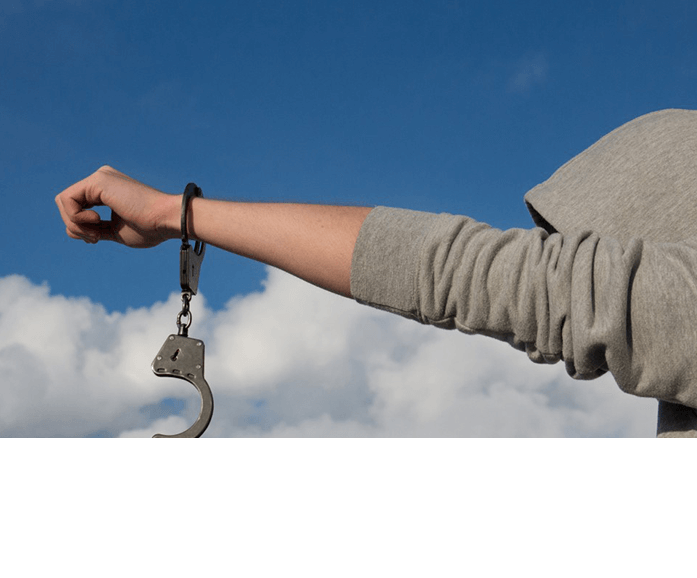
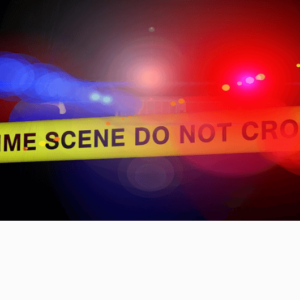
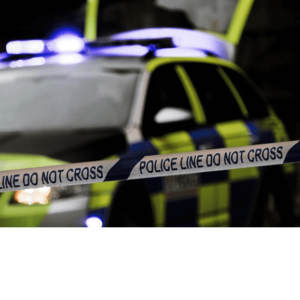

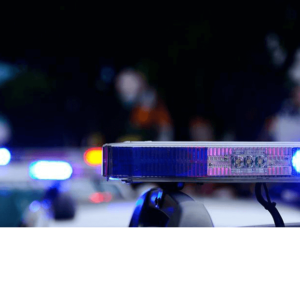
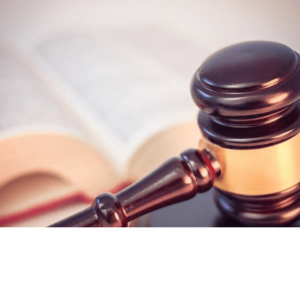

There are no reviews yet.